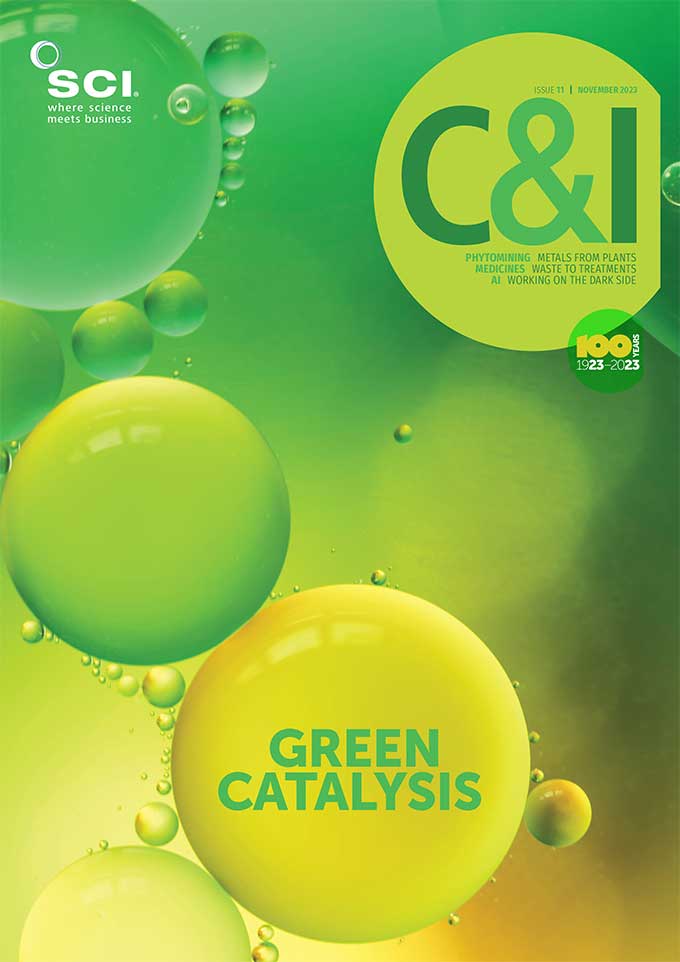BY MARIA BURKE | 8 NOVEMBER 2023
Researchers have demonstrated how gene editing can reduce the spread of bird flu in chickens.
Researchers have used gene editing techniques to limit the spread of bird flu in chickens, although further gene edits would be needed to produce chickens resistant to the disease.
In chickens, avian influenza relies on a host protein (ANP32A) for its life cycle. During an infection, influenza viruses hijack the protein to help replicate. A team involving researchers from the University of Edinburgh, Imperial College London and the Pirbright Institute edited the ANP32A gene in chicken germ cells (precursors of reproductive cells) to restrict influenza A activity (Nature Communications, doi: 10.1038/s41467-023-41476-3).
The researchers found that when the gene-edited birds were exposed to a normal dose of virus, nine out of ten birds remained uninfected and there was no spread to other chickens. Exposing the birds to a dose of virus 1,000 times higher resulted in half becoming infected. But the infected birds contained a much lower amount of virus compared to non-edited birds. Importantly, the gene-edited birds remained healthy and laid eggs as expected for over two years afterwards.
Analysis revealed that in the edited birds, the virus adapted to involve two related proteins – ANP32B and ANP32E – to help it replicate. So, the team edited the two additional genes responsible for these proteins in lab-grown chicken cells. In lab tests, it appeared that the triple-edit blocked virus proliferation.
‘Although we haven’t yet got the perfect combination of gene edits to take this approach into the field, the results have told us a lot about how influenza virus functions inside the infected cell and how to slow its replication,’ says Wendy Barclay, Head of the Department of Infectious Disease at Imperial College London, UK.
‘This is a breakthrough and provides important proof of principle of the utility of gene editing in introducing genetic resistance to disease caused by influenza in farmed animals,’ comments James Wood, Head of Department of Veterinary Medicine, University of Cambridge, UK.
‘These findings could provide a resilient solution that is not specific to different strains of virus, as is the case for vaccines which are all still strain-specific.
‘However, there are still many detailed considerations, some of them regulatory, in some parts of the world that will need to be addressed before this work translates into clear applied benefit.’ Wood also notes the findings would need to be demonstrated on a larger scale before introduction into commercial farming.




